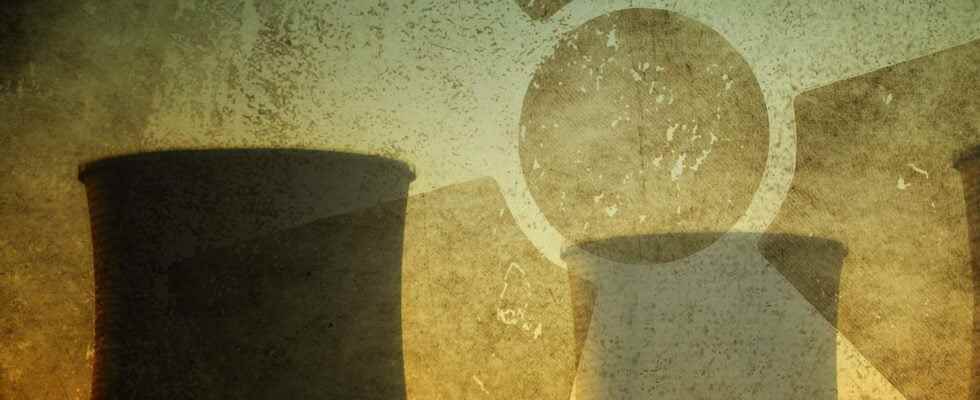The Japanese government has confirmed this. Within two years, it will start discharging more than a million cubic meters of contaminated water from the Fukushima nuclear power plant. The operation should be spread over several decades. Researchers are showing how the pollutants in this water will disperse in the Pacific Ocean.
In March 2011, three reactors of the nuclear plant of Fukushima melted. To cool them, just one solution, flood them with water. No less than 200 cubic meters of water per day! Contaminated water that has since been stored in cisterns. And that the Japanese are preparing to throw back into the Pacific Ocean. To get an idea of the impact the operation could have on marine life, but also on the human health, from Tsinghua University researchers (China) simulated the process of the diffusion of radioactive elements in water.
The study shows that after 120 days, the pollutants contained in these water from the Fukushima nuclear power plant (tritium, in particular, say the officials) will have already dispersed over 30 ° of latitude and 40 ° of longitude. After 1,200 days, they will reach the coast of the United States and that of Australia. Covering the entire North Pacific. Then they will enter the South Pacific. And the Indian Ocean after 2,400 days. The whole of the Pacific Ocean could be affected in an interval of 3,600 days.
More tritium in the United States than in Asia
The researchers also note that at a given point, the pollutant concentrations tend to increase rapidly, then to stabilize for a long time. At a level that does not necessarily depend on the distance that separates this point from Fukushima. Thus, pollution on the side of Shanghai (China) should, for example, stabilize at a higher level than that of San Diego (United States).
The phenomenon is explained by the configuration of ocean currents close to Japan. The city of Fukushima, in fact, is located at the confluence of the Kuroshio, towards the north, and the current ofOyashio, to the south. In fact, most pollutants do not migrate north or south along the coasts, but rather spread east. Thus, after a certain time after the discharge of the treated water, the concentration ofradioactive elements near North America could be of concern.
Interested in what you just read?
.
fs3
